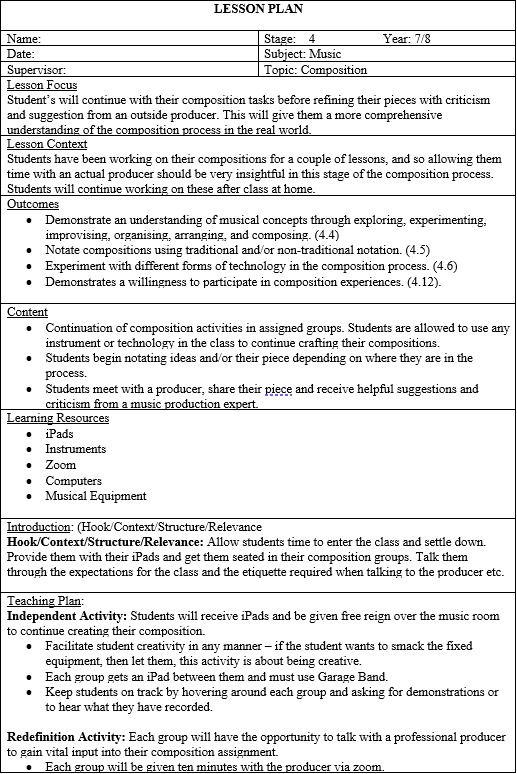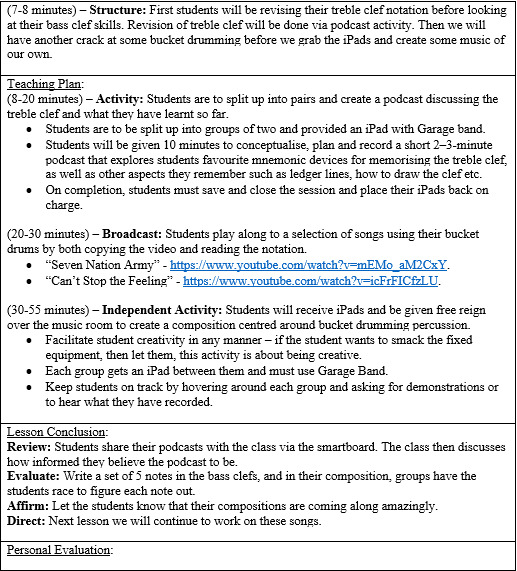Don't wanna be here? Send us removal request.
Text
Redefining the Classroom

The art of redefining has long been a part of a teacher’s arsenal. I know as a a student that sometimes I just needed my teacher to rephrase a concept or provide a different example. Much like the rabbit above, students often need or want to approach content or challenges differently, and it is our role as teachers to not only facilitate that in our students but to also create those opportunities.
Continuing from my other post, the SAMR model beautifully incorporates redefinition as the last element of the model, and is the final step into creating a wholistic technology based learning experience. Redefinition allows teacher’s to create tasks and experiences that were otherwise never possible without the technology present in the classroom today. The importance of redefinition is well noted, with Danae Romell stating that it is crucial to the new wave of mobile learning we have experienced due to COVID lockdowns.

Thanks to the wide variety of technology available to teachers, many different examples of the SAMR model exist in modern education. One that I have seen often discussed is the replacement of traditional assessment with the creation of a multimodal presentation in KLA’s such as English or History. This is a great way to get students working creatively and collaboratively to create cohesive video’s that represent the topic at hand. This task works especially well in a group context, with technology inside and outside of school bounds allowing students to continuously work on and discuss similar projects. Of course, the limitations of this assignment are student access to technology, and the skills required are not innately known. That being said, this assignment still offers a far more creative alternative to a recall based test or essay, and allows students to utilise higher order thinking to creatively complete this task.
In my subject area of mathematics, a constant battle you have as a teacher is finding a way to comprehensively assess learnt content whilst creating creative and redefined tasks. A unique idea I discovered here was utilising a student network between multiple education institutions to provide students with not only support from their classroom teacher’s and peers, but also connecting them to other teacher’s and students to gain a new perspective. The obvious problem here is that while you as a teacher can meter your students online interactions, other students can say harmful things, so creating a strong foundation of online citizenship in your students will be crucial here.
Attached below is an example of a music lesson that contains a redefined composition activity. Talking with a producer is something that use to be practically impossible for students, but with the inclusion of video calling services in the classroom now much more prevalent, having a zoom meeting with any industry professional is far more accessible than ever before.


References:
Hamilton, E. R., Rosenberg, J. M., & Akcaoglu, M. (2016). The Substitution Augmentation Modification Redefinition (SAMR) Model: a Critical Review and Suggestions for its Use. TechTrends, 60(5), 433-441. Retrieved from: https://doi.org/10.1007/s11528-016-0091-y. Accessed: 3/05/2022.
Romrell, D., Kidder, L. & Wood, E. (2014). The SAMR Model as a Framework for Evaluating mLearning. Online Learning Journal, 18(2),. Retrieved from: https://www.learntechlib.org/p/183753/. Accessed: 3/05/2022.
Walsh, J. (2017). Models of technology integration : TPACK and SAMR. TLN Journal, 24(2), 26–30. Retrieved from: https://search-informit-org.databases.avondale.edu.au/doi/10.3316/aeipt.219383. Accessed: 2/05/2022
0 notes
Text
Modification in the SAMR Model

noun
the action of modifying something.
0r
2. a change made.
Too many people, the word modification doesn't travel far beyond the definition; changing something. Let's look at what modification can be, when used correctly within the SAMR model.
Whilst still being relatively new, the SAMR model has gained many followers in a variety of education fields. Most notably for me, music is often cited as a subject in which utilisation of the SAMR model is crucial. Researchers such as William Bauer, Erich Weiger and Suzanne Burton all support the use of the SAMR model in the music field and express many avenues for the use of explicitly modification throughout their respective research.
Some modification's (pictured above) aren't as beneficial as we would like, and our job as teachers is to figure out what will be the most beneficial for our students. The SAMR model describes modification as the use of technology within a learning environment to design tasks and activities that go beyond the boundaries of a traditional classroom. There are many different examples of effective modification activities, and as a student you most probably would have observed such activities throughout your time in the classroom. Activities and tasks can include having students create a podcast to summarise a topic, work on shared documents collaboratively both in class and at home, or using the internet to visualise or audiate difficult concepts.

When creating lessons with modified content, it is always important to ask first "What is the purpose of this activity? Will "modifying" it be enriching for the students?". Understanding the goal of the lesson and how modified content fits into that lesson is very important for the success of the lesson, and moreover the student's education.
One common example of using a modified task that is most often brought up in a SAMR model discussion is the idea of a student podcast. Students complete one large episode or a group of small installments of a 'podcast' summarising a topic they are exploring/have explored throughout a term. This is a great way to introduce modification into your classroom as a teacher as it is applicable to almost all teaching areas and can be used any in the content stream. Limitations to consider are students' ability to operate the required technology, knowledge of sites such as YouTube etc. This activity not only allows students to interact with technology but also to develop summarisation, people and revision skills. EdTeach Classroom released an in depth podcast on utilisng podcasts in the classroom, found here, that expertly outlines the positives and negatives of such a modification.

In the field of music, my specialisation, modification activities have existed for years and are constantly deployed for student's education enrichment. Most modern musical instruments are in themselves marvels of technology. All amplified instruments are technology and even acoustic instruments were once considered cutting edge. Where we see modification in music most frequently now is in composition practices. Students will engage with music by creating and recording their own pieces of music through the use of technology. Not only is it a truly inspiring experience to craft your own music, but having the ability to work on it anywhere through the use of apps such as Garage Band is a great innovation. OrchestraTeacher.net has a wide array of extended uses for Garage band that go beyond recording which can further improve modification techniques in the music class Again, student ability with this technology may vary but it is your role as a teacher to guide them through these enhanced activities.
Below is a sample lesson plan I created for a music classroom that has students utilising a podcast activity to engage creatively in music theory revision.


The Flipped Classroom Podcast Featuring Caleb Gill and Annalea Bishop:
Resources
Bauer, W. (2015). Music Learning and Technology. Retrieved Here. Accessed: 2/05/2022.
Best, J. (2015, October 9). The SAMR Model Explained (With 15 Practical Examples). Retrieved here.
Burton, S. (2022). Engaging Musical Practices - Second Edition. Retrieved here. Accessed: 2/05/2022.
EdTeach Classroom. (n.d.) Episode 49: All About SAMR: A Teacher's Guide to the SAMR Teach Integration Model. Retrieved here. Accessed: 3/05/2022.
Weiger, E. (2020, August 27). Flipped Lessons and the Secondary-Level Performance Based Music Classroom: A review of literature and Suggestions for Practice. Retrieved here. Accessed: 1/05/2022.
0 notes